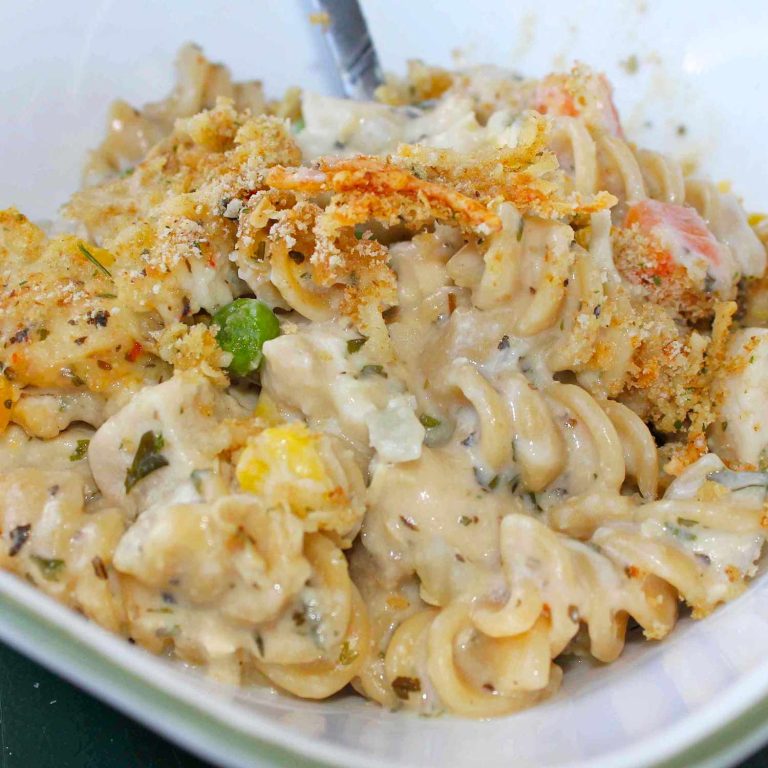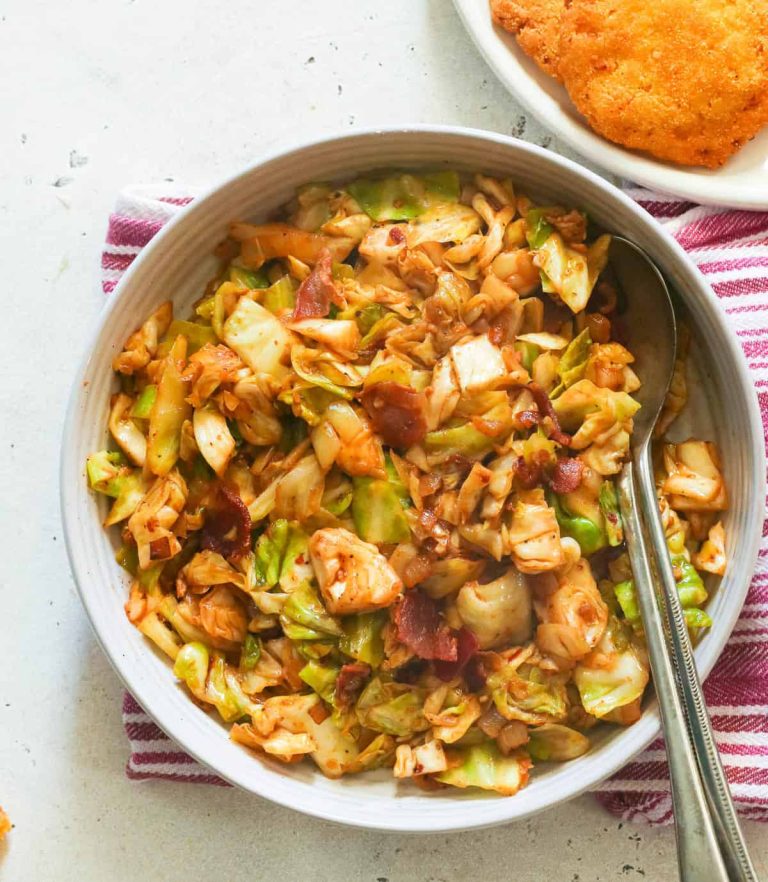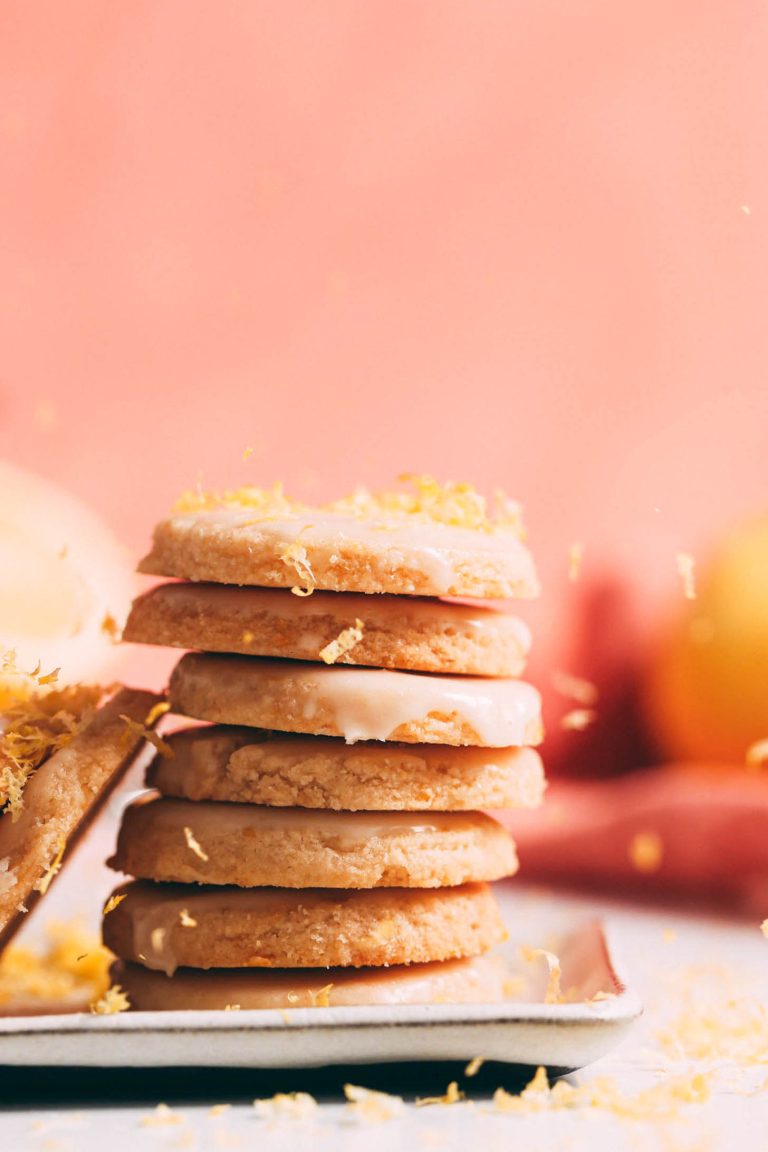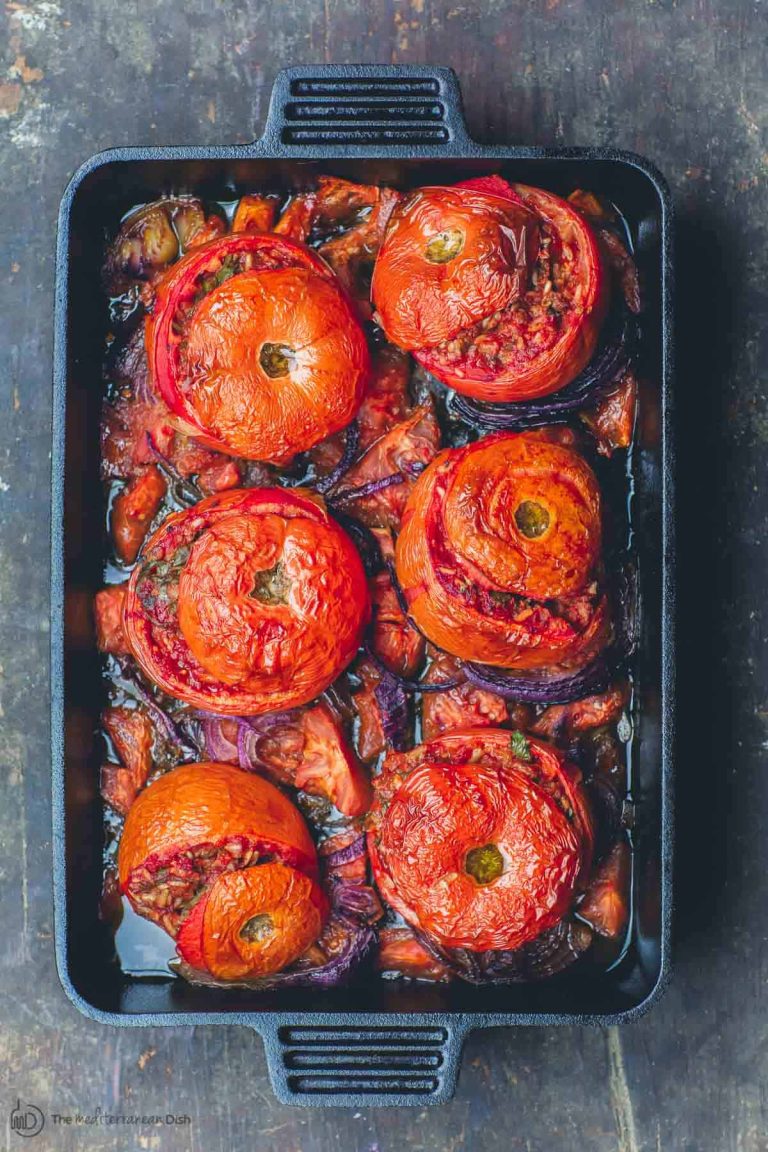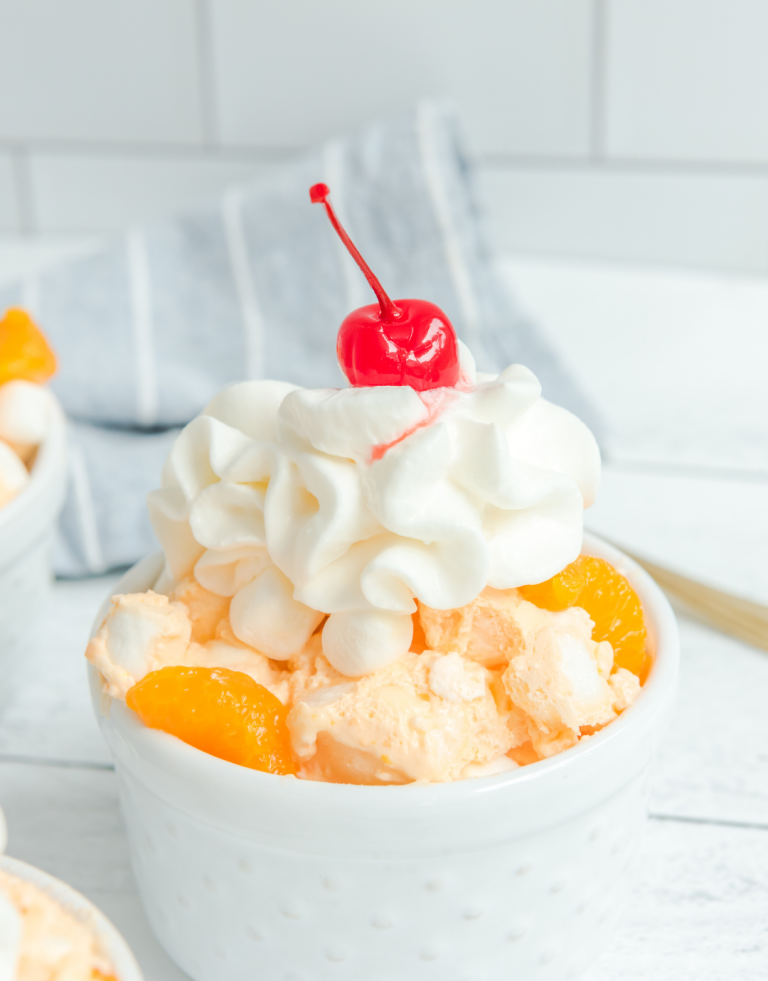Cheese Ball: History, Recipes, and Tips for Hosting the Perfect Tasting Party
Cheese balls have a rich history dating back to the 19th century. First mentioned in the culinary world in the late 1800s, they gained popularity in the United States by the mid-20th century. A classic party appetizer, cheese balls likely originated as an accessible way to repurpose leftover cheese. Over time, their simplicity and flavor versatility helped cement their status as a staple in American entertaining.
Popular Varieties
Cheese balls come in numerous varieties, each offering unique flavors and textures. Common versions include:
- Classic Cheese Ball: Made with cream cheese and shredded cheddar, often rolled in chopped nuts like pecans or almonds.
- Herbed Cheese Ball: Features fresh herbs such as parsley, dill, and chives for a fragrant, savory profile.
- Spicy Cheese Ball: Incorporates ingredients like jalapeños and cayenne pepper for a kick, often paired with pepper jack cheese.
- Sweet Cheese Ball: Uses ingredients like dried fruits and honey, combined with cheeses like mascarpone and ricotta, offering a dessert-like twist.
These popular varieties underline the adaptability of cheese balls, making them a versatile and crowd-pleasing option for various occasions.
How to Make a Cheese Ball
Choosing Ingredients
- Cheese: Use 16 oz of cream cheese and 8 oz of a flavorful cheese like cheddar or gouda.
- Seasonings: Incorporate 1 tsp of garlic powder and 1 tsp of onion powder.
- Mix-ins: Add 1/2 cup of finely chopped nuts (pecans or walnuts) and 1/4 cup of chopped fresh herbs (parsley or chives).
- Coating: Use additional chopped nuts, herbs, or spices to coat the cheese ball.
- Prepare Ingredients: Allow the cream cheese to soften at room temperature for 30 minutes.
- Mix Cheese and Seasonings: Combine cream cheese, grated cheese, garlic powder, and onion powder in a mixing bowl. Blend until smooth.
- Add Mix-ins: Fold in chopped nuts and herbs until evenly distributed.
- Shape the Cheese Ball: Form the mixture into a ball using your hands or a piece of plastic wrap.
- Chill: Refrigerate the cheese ball for at least 1 hour to let it firm up.
- Coat the Cheese Ball: Roll the chilled cheese ball in the prepared coating of nuts, herbs, or spices.
- Serve: Place the cheese ball on a serving platter with crackers, vegetables, or bread for dipping.
Serving Suggestions
Pairings with Drinks
Cheese balls pair excellently with various drinks, enhancing their flavor profile. Champagne complements classic cheese balls, cutting through the creamy richness. If you prefer wine, opt for a crisp Sauvignon Blanc or a fruity Pinot Noir for balanced pairing. Beer lovers can enjoy cheese balls with a light lager or a hoppy IPA, contrasting the creamy texture. For non-alcoholic options, serve with sparkling water or a tangy lemonade to refresh your palate.
Accompaniments
Select the right accompaniments to elevate your cheese ball presentation. Crackers, like water crackers and whole-wheat varieties, offer a neutral base, allowing the cheese flavors to shine. Vegetables, including celery sticks and carrot slices, provide a fresh crunch. Other suitable choices include sliced baguette, pretzels, or nuts. Incorporate a mix to cater to different tastes and preferences.
Hosting a Cheese Ball Tasting Party
Planning and Ideas
Organize a successful cheese ball tasting party with a clear plan. Choose a variety of cheese ball flavors, including classic cheddar, herb, spicy, and sweet options. Offer smaller, bite-sized portions to ensure guests sample each variety. Arrange the tasting in sequential order, starting from mild to stronger flavors.
Create a detailed guest list and consider dietary preferences. Provide a mix of gluten-free, vegetarian, and nut-free options. Use a large platter to display the cheese balls, accompanied by crackers, sliced baguette, pretzels, and fresh vegetables. Add small labels indicating each cheese ball’s flavors and ingredients for clarity.
Set up a drink station with beverages that complement the cheese balls. Include options like champagne, Sauvignon Blanc, Pinot Noir, light lagers, and IPAs. Include a water station for palate cleansing between tastings.
Themes and Decorations
Set a cohesive theme for your cheese ball tasting party to enhance the experience. Choose themes like “Rustic Farmhouse,” “Elegant Evening,” or “Seasonal Celebration.” Incorporate decorations that align with your chosen theme, using tablecloths, serving dishes, and centerpieces that match the color palette.
For a “Rustic Farmhouse” theme, use wooden boards, burlap table runners, and mason jar centerpieces. Add small herb pots and vintage cheese knives for a charming touch. Consider string lights for ambient lighting.
For an “Elegant Evening,” use elegant serving platters, silverware, and glassware. Opt for white tablecloths, lit candles, and fresh flowers for a sophisticated atmosphere. Use metallic accents in gold or silver for additional elegance.
For a “Seasonal Celebration,” incorporate seasonal elements. For example, in the fall, use pumpkins, gourds, and autumn leaves. During winter, use pine cones, holly, and fairy lights. Match the cheese ball flavors to the season, using ingredients like cranberries for winter or fresh herbs for summer.
Using these planning and theme ideas ensures a memorable, enjoyable cheese ball tasting party.
Conclusion
Creating a cheese ball tasting party offers a unique and delightful way to entertain your guests. By considering various flavors, drink pairings, and themed decorations, you can craft an unforgettable event tailored to everyone’s tastes. Whether you choose a rustic farmhouse vibe or an elegant evening, the key is to plan thoughtfully and ensure a welcoming atmosphere. With these tips, you’re well on your way to hosting a cheese ball extravaganza that will leave your guests raving. Enjoy the process and watch as your cheese ball party becomes the talk of the town!

